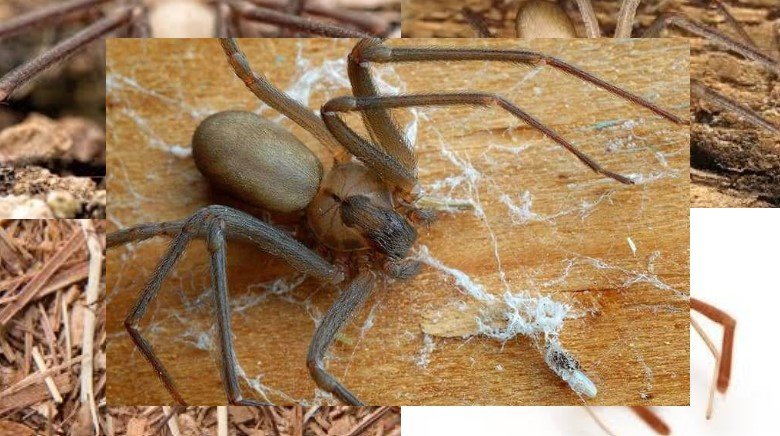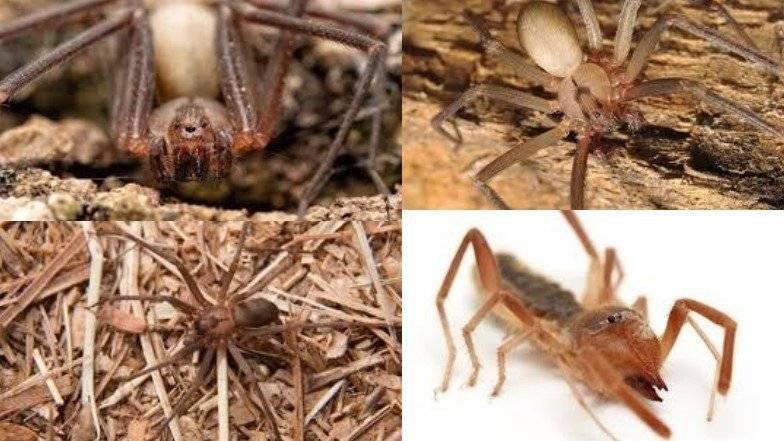The brown recluse spider, often feared yet widely misunderstood. In the state of Oklahoma, known for its sweeping plains, these small arachnids hold a significant reputation. Whether you’re a homeowner dealing with an uninvited eight-legged guest or an intrigued arachnophobe, comprehending the brown recluse is crucial for safe cohabitation. Here is your informative guide to this spider, minus any graphics that might trigger arachnophobia.
Identification
The brown recluse spider, scientifically known as Loxosceles reclusa, is a diminutive and reticent arachnid, a quality reflected in its name. Its hue, as implied, is brown, and it exhibits a unique violin-shaped marking on its dorsal side — should one encounter this species, it is advised to exercise caution. They’re usually about the size of a quarter, including their spindly legs, and don’t pose much of a threat unless startled or threatened themselves. They love a cluttered environment to hide in, making your attic boxes and messy basements prime real estate.
Dangers and Risks
It is not just a matter of legend and folklore regarding the brown recluse spider; their venom is a combination of potent proteins capable of inducing a condition known as loxoscelism. Symptoms vary from a mild, red, itchy bump (phew!) to a more severe ulcerating wound (yikes!). Fortunately, severe reactions are uncommon, yet it is advisable to have any brown recluse bite assessed by a healthcare professional. Treatment typically involves wound management and, in certain instances, medical interventions such as steroids or hyperbaric oxygen therapy.
Prevention and Control

Keeping a brown recluse at bay is mostly about minimizing encounters. Regular cleaning and vacuuming of potential spider hideouts cut down on areas of refuge. Sealing up your home tight like a drum helps too — check your windows, doors, and any other openings. Chemical deterrents can prove effective; however, exercise caution when using them in areas accessible to pets and children. Contact brown recluse spider pest control in Oklahoma when you suspect this pest.
Myths vs. Facts
The brown recluse spider isn’t one to pick a fight, but watch out – it’s got some serious self-defense moves when it feels threatened. Despite common misconceptions, these spiders typically avoid biting humans intentionally. By nature, they are reclusive creatures that tend to retreat rather than engage in conflict. Yet, it’s wise to exercise caution and not handle these guys as you would a friendly house spider. Also, despite rumors, brown recluses are not the reason behind every mysterious skin lesion. There are other medical conditions and spiders out there.
All in all, brown recluse spiders present a manageable risk if you’re informed and sensible about your spider safety. Understanding their behavior, appearance, and potential risks can help you keep calm and spider-squashing to a minimum. Just remember, they might not be the life of the party, but they’re just trying to live their best arachnid life, too.
